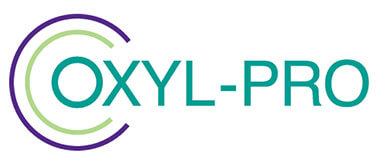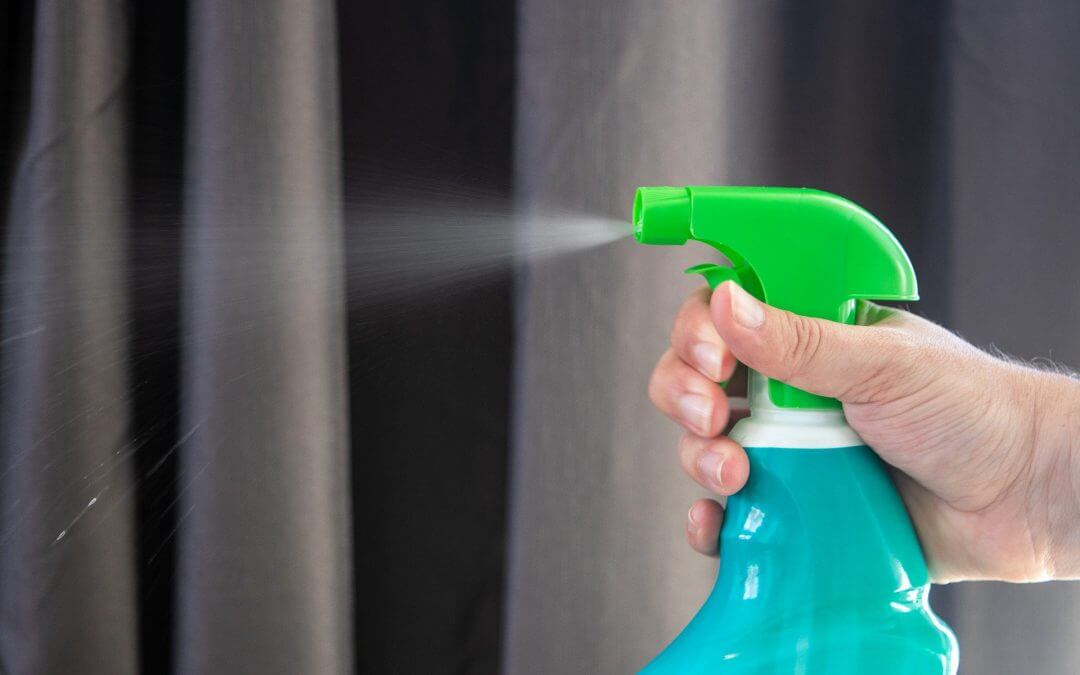Why Clean?
To make locations look aesthetically pleasing, smell nice or to protect people from harmful bacteria and viruses? All are true however for many years the act of disinfecting surfaces has largely been the preserve of food providers. Traditional training for cleaning staff covers their own health and safety via COSHH and how to apply various chemicals properly using approved methods. My own British Institute of Cleaning Science (BICSc) training showed me the correct way to mop, wipe and polish surfaces; the correct process for effective disinfection was never mentioned. The current pandemic has served to highlight a lack of knowledge and understanding of what is required throughout the industry.
The Cleaning Process
Regardless of location the purpose of this is to remove visible dirt using appropriate methodology and cleaning chemicals. The choices of chemicals are many and in choosing the correct solution you should consider the method you wish to use to apply the chemical, the type of surfaces to be cleaned and their location (you must not used perfumed chemicals in food preparation areas) and the nature of the dirt to be removed. Cleaning chemicals do not require set contact times to work but manufacturers will specify the strength of the solution to be used. Regardless of the choice made as to which detergent to use, the result must be a surface that on visual inspection is free from dirt.
Disinfection or Sanitising?
Aren’t these just different terms for the same thing? No, they are not!
Sanitising
This is a process of single stage cleaning and disinfection, that is to use a product that cleans and kills pathogens in the one process. This has been favoured by many for years as it is a simple, time effective method involving one product being applied to surfaces, left for the manufacturers recommended contact time, usually 5 minutes, then rinsed.
Following several high-profile cases of E. coli within the UK, the Food Standards Agency reviewed the guidance given for disinfection and concluded after conducting extensive research that “it is impossible to disinfect a dirty surface effectively” therefore it is essential that a two-stage process is employed. Clean first to a visually clean standard followed by separate disinfection afterwards. This principal is the foundation for effective control of bacteria and viruses in all locations and environments.
Disinfection
Irrespective of the method or product to be used, start with a visibly clean surface.
There are a number of methods available for applying disinfectants and not all chemicals should be used in all methods.
Stabilised Hydrogen Peroxide (e.g. Oxyl Pro) used for spraying, wiping, electrostatic spraying, misting, fogging.
Quaternary Ammonium Compounds (look for chemical names on SDS ending “onium chloride”) used for spraying, wiping and electrostatic spraying. NOT RECOMMENDED by HSE or WHO for fogging or misting.
Chlorine (Bleach or Sodium/Potassium Hypochlorite) used for spraying and wiping but not generally recommended for other applications.
Chlorine Dioxide is specifically used for fogging and no other application methods.
Hypochlorous Acid is used for spraying, wiping, fogging, and misting.
Alcohol is used for spraying and wiping but not for fogging owing to flammability issues.
Lactic Acid is used for spraying and wiping only.
When choosing the disinfectant to use consider the following
Does it pass the relevant EN tests?
EN1276 for bacteria where the minimum standard is 99.999%
EN14476 for viruses where the minimum standard is 99.99%
EN1500 for skin disinfection
Check for the correct dilution rates if applicable and very importantly the contact time required to achieve the quoted kill rate. It is accepted by microbiologists that the shortest contact time that can be accurately tested is 30 seconds. Times of 1 minute, 5 minutes and 15 minutes are typical.
Check for information on residues. Quaternary Ammonium Compounds leave a residue that is undesirable in food preparation facilities as these biocides are subject to stringent limits on foodstuffs. Best practice is to use a residue free option such as Oxyl Pro.
Chlorine based products are not desirable in most food processing environments owing to risks of product tainting, damage to surfaces and since 2020 stringent limits on chlorate residues on foodstuffs.
Using your desired method apply your chosen chemical to the cleaned surfaces and leave for the manufacturers stated contact time. Rinse surfaces if the chemical used leaves a residue. QAC based chemicals should be avoided on polished or varnished wood as prolonged contact and no rinsing will result in both being stripped or softened, often leaving them feeling sticky.

